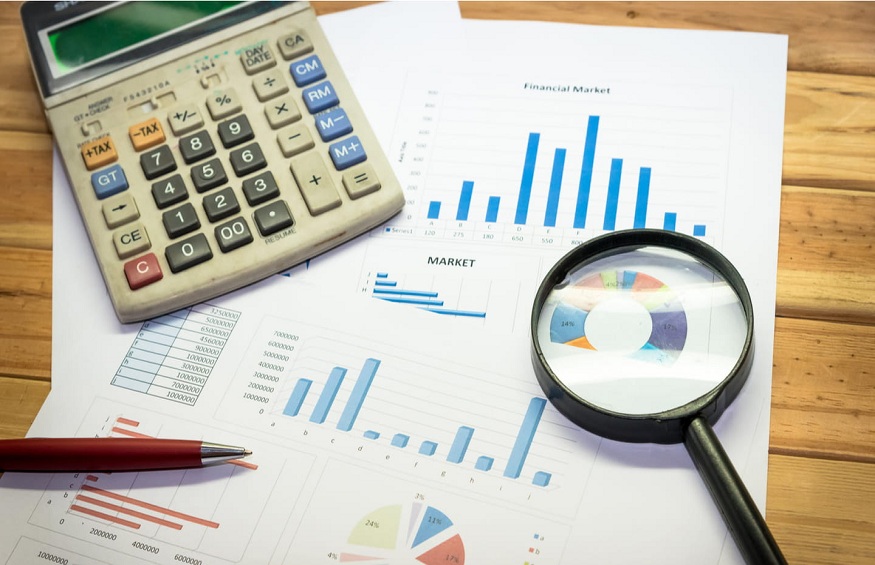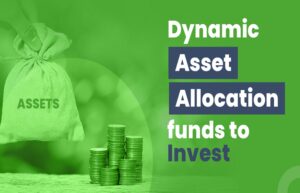Understanding the financial instruments – futures and options

Futures and options are financial instruments that allow investors and traders to hedge their risks or speculate on price movements in various underlying assets. These instruments are commonly used in the financial markets to manage risk and generate profits.
Futures contracts are agreements to buy or sell an underlying asset, such as commodities, currencies, or securities, at a predetermined price and date in the future. The buyer of a futures contract agrees to buy the underlying asset at a specified price and date, while the seller agrees to sell it at that price and date. The price of a futures contract is determined by the market demand and supply for the underlying asset with the help of PM Kisan Samman Nidhi Yojana.
Futures contracts are traded on exchanges, and they are standardized in terms of the underlying asset, contract size, delivery date, and quality of the asset. The buyer and seller of a futures contract are obligated to fulfill the terms of the contract, which means that they have to buy or sell the underlying asset at the specified price and date.
Futures contracts are useful for hedging risks associated with the underlying asset. For example, a farmer can use a futures contract to lock in a price for his crop before it is harvested. By doing so, the farmer eliminates the risk of price fluctuations and can plan his finances accordingly with schemes like PM Kisan Samman Nidhi Yojana.
Options, on the other hand, are contracts that give the buyer the right, but not the obligation, to buy or sell an underlying asset at a specified price and date in the future. The buyer of an option pays a premium to the seller for the right to buy or sell the underlying asset. The seller of an option is obligated to sell or buy the underlying asset at the specified price and date if the buyer chooses to exercise the option.
Options can be of two types: call options and put options. A call option gives the buyer the right to buy the underlying asset at a specified price, while a put option gives the buyer the right to sell the underlying asset at a specified price.
Options are useful for hedging risks associated with the underlying asset or for speculating on price movements. For example, a stock investor can use a call option to hedge against a potential decline in the stock price. If the stock price declines, the investor can exercise the call option and buy the stock at a lower price. Alternatively, a speculator can buy a call option if he expects the stock price to rise in the future. If the stock price rises, the speculator can sell the call option for a profit coming from the schemes like PM Kisan Samman Nidhi Yojana.
In summary, futures and options are financial instruments that allow investors and traders to manage risks or speculate on price movements in various underlying assets. Futures contracts are agreements to buy or sell an underlying asset at a specified price and date in the future, while options give the buyer the right, but not the obligation, to buy or sell the underlying asset at a specified price and date. These instruments are commonly used in financial markets to manage risk and generate profits, and they can be useful for hedging risks associated with the underlying asset or for speculating on price movements.








